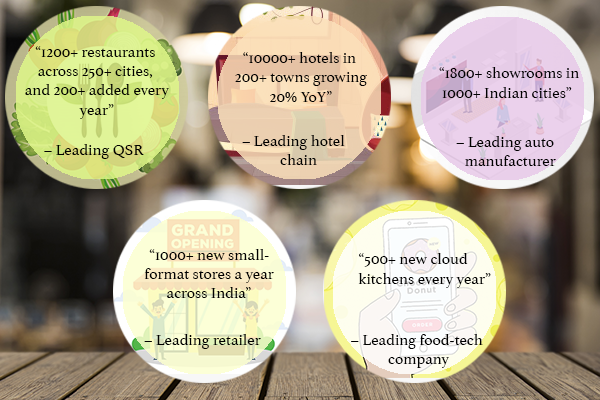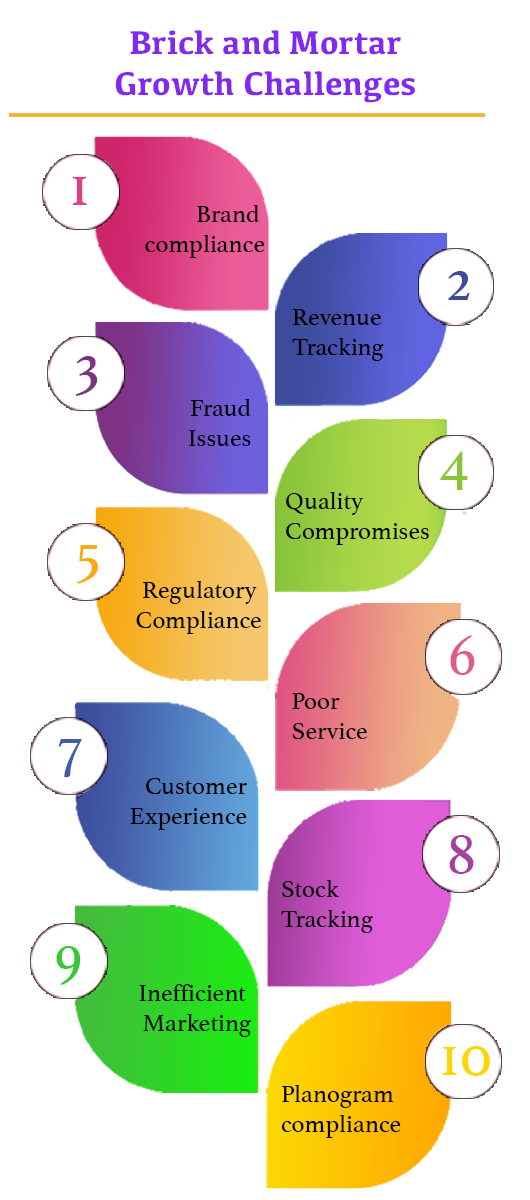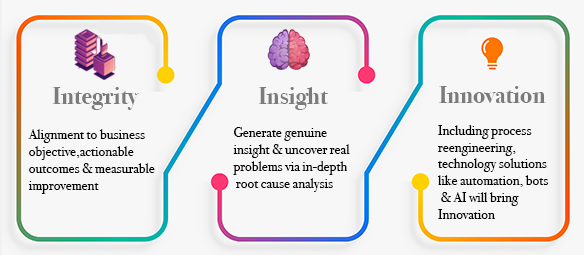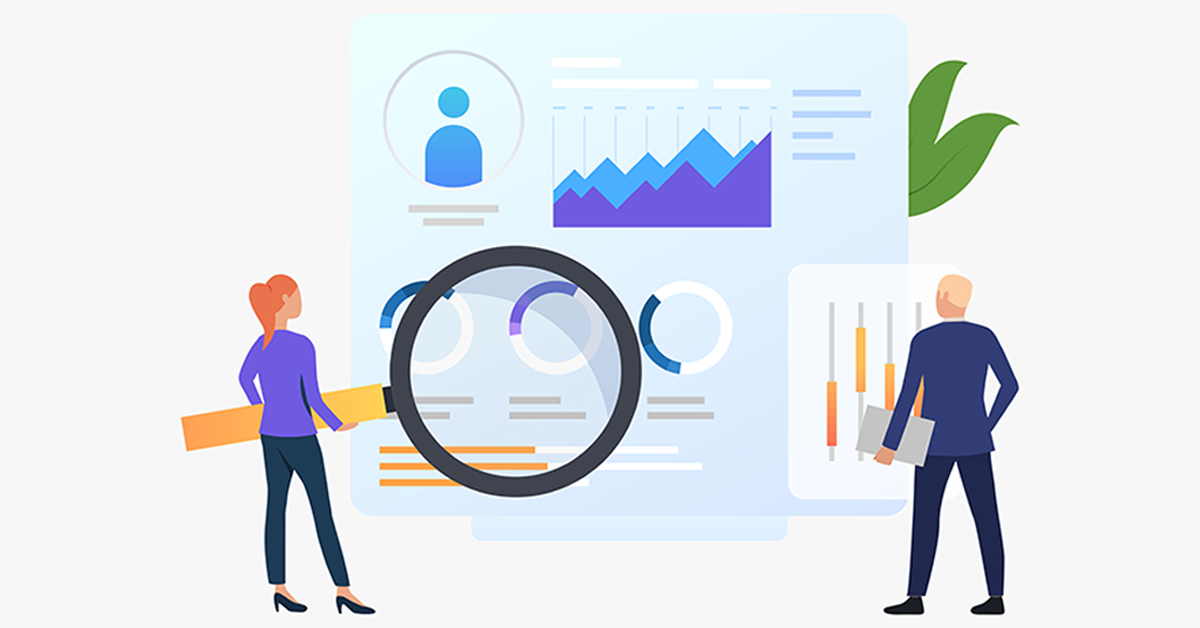Many would tell you, brick-and-mortar establishments are not just on shaky ground, they’re on a precipice of complete oblivion, and that we’re moving wholly towards a digital, on-demand retail future.
The reality is far from this. There is still a place for—and an absolute need for—retail services that help consumers live their daily lives. On the contrary to this death-knell, several essential service/product-based segments are on an expansion spree.

The traditional definition of a physical outlet is changing fast, from being a ‘store’ of inventory to being a store of inventory, services, and most importantly experiences.
Consumers care more and more about convenience, immediate gratification, and differential experiences. When you are operating a few outlets, it’s easy to stay on top of all these objectives. But as organisations grow with geographically distributed setups, a whole new set of challenges pops up. It will take a new mindset, and ability to leverage technology and data at scale to stay at the top of your game.
Ensuring consistency of your brand experiences, quality of your products and services, and making informed decisions to manage your efficiency and expansion plans requires collecting lots of field data. Organizations should look for robust mechanisms that ensure the integrity of processes at the ‘last mile’ of its value chain, and obtain real insight into customer behavior and issues.
Some of the challenges that companies face and could be addressed through regular data collection and analytics are:

- Lack of brand compliance
- Revenue leakages, stock pilferage
- Fraudulent transactions & sales
- Use of spurious spares/ material
- Safety, regulatory or contractual non-compliance
- Bad Service/ Product Quality
- Poor customer experience
- Sales volume, stock levels (shelf and backstock)
- Incorrect descriptions of in-store displays and promotional materials
- Planogram compliance (shelf location, number of facings present, number of SKUs present, missing/inaccurate shelf tags)
They all have the potential to impact the bottom line, customer experience, corporate reputation & could have legal consequences.
Field data collection and auditing is currently an extensively manual process, resulting in many drawbacks that reduce the effectiveness of the exercise.
- Multiple manual data entry points increasing the probability of error
- Limited by auditor ability and driven by checklists rather than business needs
- Not captured in a form ready for analytics
- Limited to data that is validated with evidence
Running hundreds and often thousands of audits and surveys every month suffers from lack of automated management tools
- Ineffective tracking of audit statuses
- Governance and quality issues
- Skill mismatch vis-a-vis project requirement
- Susceptible data collation technique and integrity
- No dedicated involvement in the project outcome
Loads of manual data collected rarely highlight the relevant issues without a lot of manual processing
- Auditors on the ground have a lot of information but do not know what to do with the information.
- By the time the information reaches stakeholders who can use it to make better decisions the information is significantly attenuated.
- Stakeholders do not have the bandwidth to assimilate all the data, so advanced analytics capability is essential to unlocking the true value of audits.
To make this an effective business process, utmost importance needs to be given to Integrity, Insight, and Innovation

- Ensure compliance and robust controls over your customer touchpoints and process ‘last mile’ with focus on: Alignment to business objective
- Produce actionable outcomes
- Demonstrate measurable improvement
- Generate genuine insight and uncover real problems via in-depth root cause analysis and data analytics utilizing our:
-
- Extensive process and industry expertise
- Knowledge database of leading practices and methodologies
- Digital and data analytics assets
-
- Identify, design and implement the solution based on real insight to the business problems. This may include process reengineering, technology solutions like automation, bots and AI, process documentation, data analytics or training the front line staff
Digitisation of audits and data collections is the need of the hour. It helps unlock the value of audits, turn a snooping exercise into the driver of continuous improvement

- Auditors equipped with Smart Information Gathering tools
- Intelligent forms minimize data collection and enforce disciplined data collection within a tight process, supported by training content.
- Smart forms are backed up by advanced validation techniques using photographs guaranteed to be clicked at the site, geo-tags, activity logs and more.
- Hyper-Productive managers
- Real-time visibility paired with instant analytics will ensure managers do not get inundated with data but focus on the right points in the right audits.
- Automation & AI can eliminate the administrative/validation role managers play, allowing them to focus on driving business impact by interpreting data and using those insights to bring more focus to audits.
- Actionable Intelligence
- Fit audits into the bigger context of the goals behind the business processes they are checking on. Use real-time dashboards that translate audit data into process performance metrics. Instantly identify areas that need management focus.
- Enrich audit data with process data from other tools. Automatically trigger workflows for corrective actions based on data originating from audits.
Every organisation is unique, and so are your audit and field data collection requirements. Off-the-shelf tools will not do justice to your processes, and you wouldn’t want to change what has worked for you to fit it within the bounds of generic tools. You need a tool that is customised to your process, your organisational hierarchy, your culture – and you need it fast! Welcome to Zvolv.
Zvolv – a process automation platform to build your audit solutions. No code, no developers! Ready now, not in 6 months! Your solution, the way you envision. What you see is what you need – nothing superfluous. Get in touch with us at hello@zestl.com and let us help you stay ahead of your competition.



